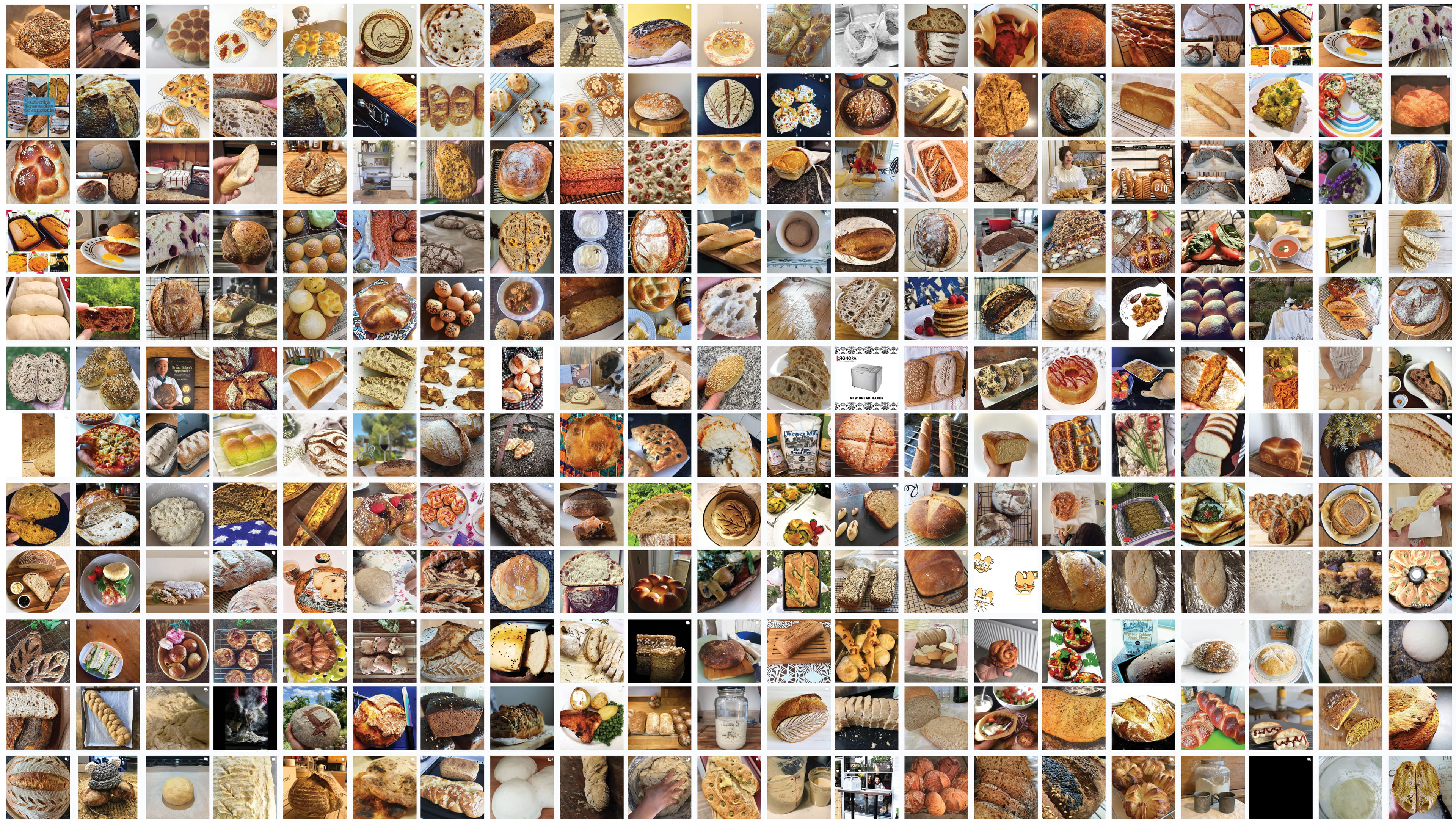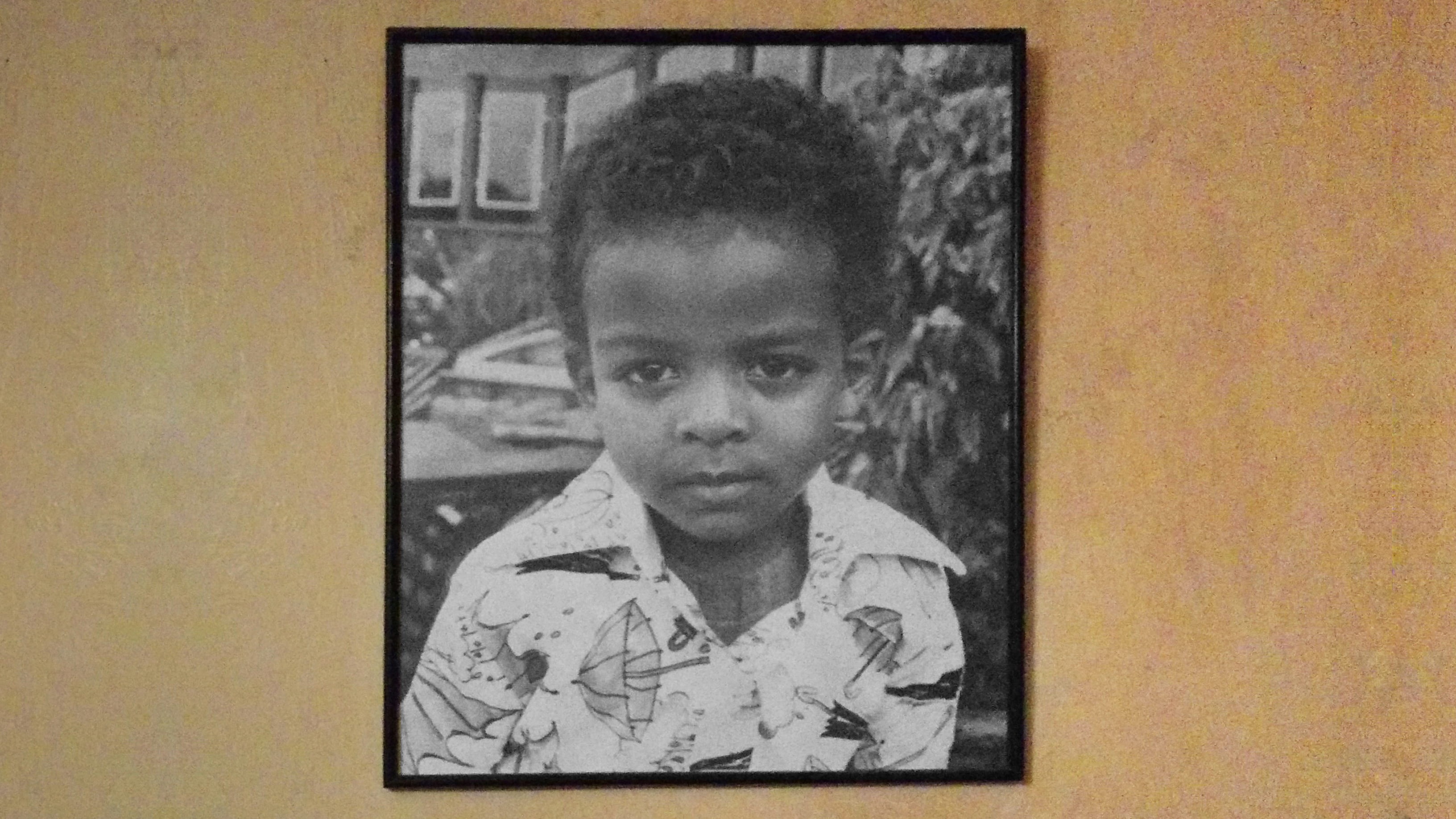
This personal essay was my way of reminding myself and others that African women who love women exist, and that our stories are so much more than just the forces that try to erase us.
OluTimehin, Othering correspondent

After the video of George Floyd, a black man, being murdered by a white police officer in the US, was widely shared this week, this piece is more relevant than ever. It asks critical questions about the need to share injustices on social media. There’s no easy answer: these videos mobilise some but traumatise others. This is a timely and essential read that raises as many questions as it answers – and I mean that in the best possible way.
Sabrina, editorial assistant

Imogen, engagement editor
The best of The Correspondent
 Why US Americans always end up with a president who is less progressive than they are
The majority of people in the US are progressive on the big issues, but the media and political establishment close ranks to make sure they get a card-carrying centrist candidate like Joe Biden. If progressives want to win, they’ll have to reframe the debate.
Why US Americans always end up with a president who is less progressive than they are
The majority of people in the US are progressive on the big issues, but the media and political establishment close ranks to make sure they get a card-carrying centrist candidate like Joe Biden. If progressives want to win, they’ll have to reframe the debate.
 Kneading sanity and stability: why bread broke the internet
For months now, social media has been awash with pictures of one food group: baked goods. Sourdough loaves, naan bread, and boiled bagels abound. I’m not a baker, but I’ve given in to the need to follow a recipe when all the rules on how we live are off the table.
Kneading sanity and stability: why bread broke the internet
For months now, social media has been awash with pictures of one food group: baked goods. Sourdough loaves, naan bread, and boiled bagels abound. I’m not a baker, but I’ve given in to the need to follow a recipe when all the rules on how we live are off the table.
 Trapping ghosts: photographs don’t lock us to loss, they remind us to live
The grief caused by death is similar to the pain of distance, but our photographs can help bridge the gap to our loved ones. The pictures we carry with us are a defiant refusal to believe that all our good times are behind us.
Trapping ghosts: photographs don’t lock us to loss, they remind us to live
The grief caused by death is similar to the pain of distance, but our photographs can help bridge the gap to our loved ones. The pictures we carry with us are a defiant refusal to believe that all our good times are behind us.


